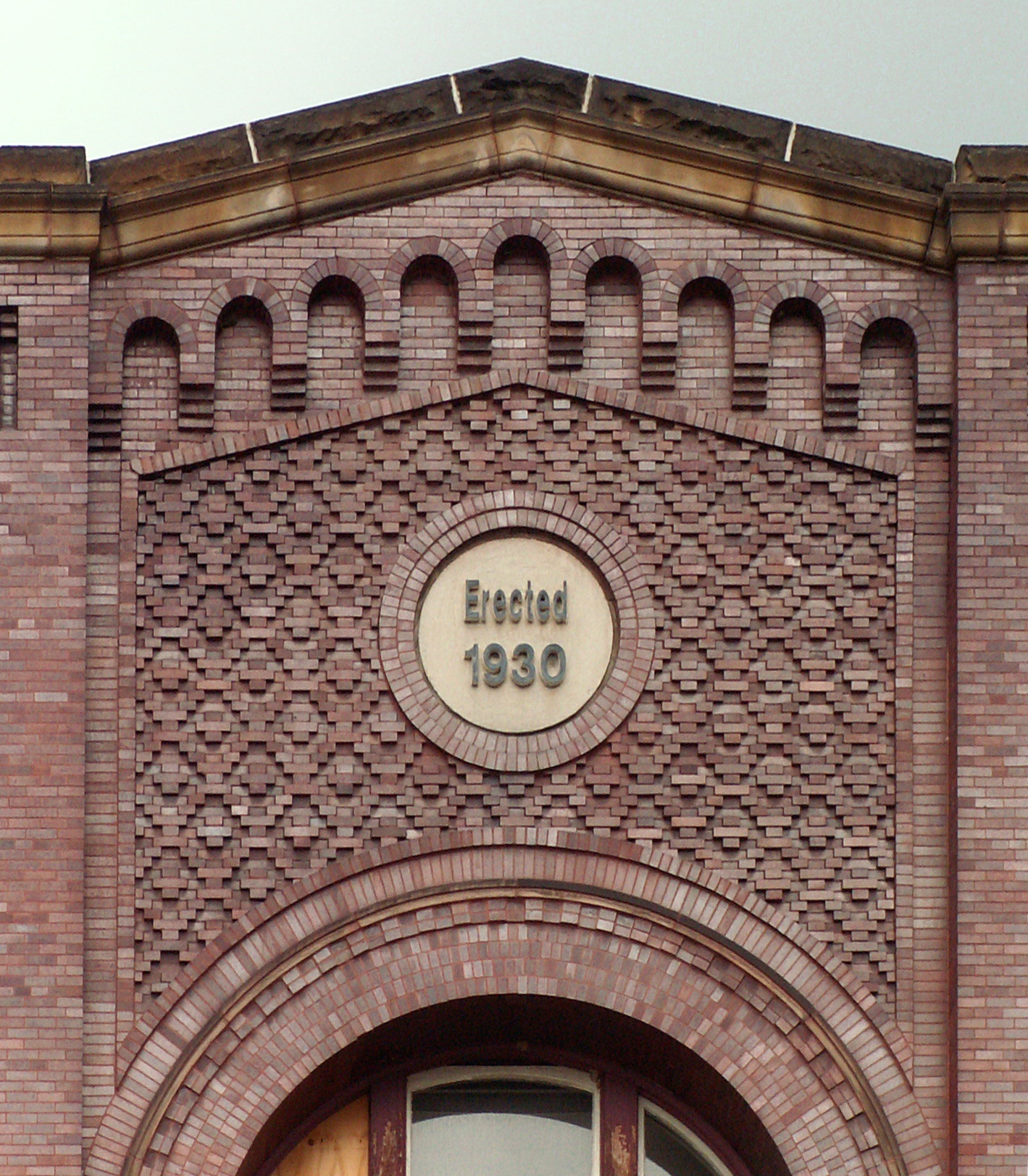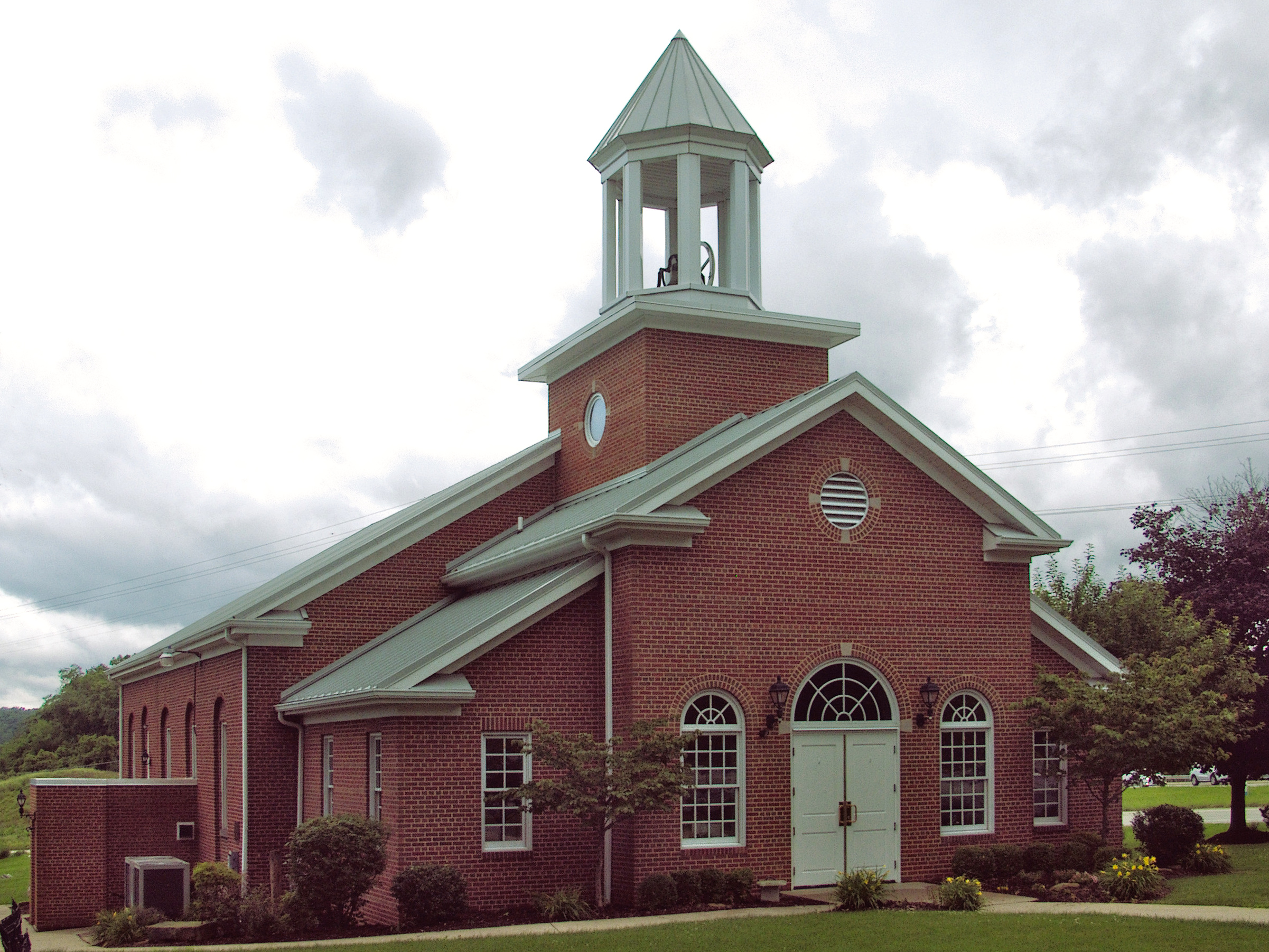
An American Toad (Anaxyrus americanus) along the Trillium Trail in Fox Chapel.

An American Toad (Anaxyrus americanus) along the Trillium Trail in Fox Chapel.

Immaculate Heart of Mary Church, built by Polish railroad workers in their meager time off from work, presides over the vertiginous neighborhood of Polish Hill. This view was taken from across the Allegheny on the Herr’s Island railroad bridge, now part of a bicycle trail.

Some of the old Heinz factory buildings have been turned into loft apartments, and some are still awaiting their next use. The H. J. Heinz Company was a kind of workers’ paradise when old H. J. himself ran it—there was never a strike, never a wage reduction; medical care was free; there was a library and a gymnasium, free concerts for everyone in the auditorium, and even free manicures for the women. Heinz was also notorious for pushing for federal food regulations when the rest of the food industry was fighting them tooth and nail. It was probably just the way old H. J. was constituted, but it was also priceless publicity: would you rather buy food from the company that fights federal oversight or the company that flings wide the doors and welcomes the inspectors?








A congregation near Canonsburg founded in Revolutionary times by John McMillan, “the Apostle of Presbyterianism in the West.” He preached here for decades, and his grave is here in the old churchyard, along with graves of many other early settlers.
The current building dates from 1840, with extensive renovations in 2002. While the renovations were in progress, the whole front fell down, so that everything you see on the side with the bell tower and entrance is new.
Update: Father Pitt has found some old pictures of Chartiers Hill Church he took in 1999, when the old front was still standing


Everyone loves the mushrooms, it seems. So here are some more. The weather has been very kind to mushrooms lately, and we found all these within a very small area. Father Pitt is not going to try to identify them, so if any readers happen to know their mushrooms, comments would be much appreciated.

Today this house is used as a clubhouse for residents of Chatham Village. It was built in 1844 or 1849 (Father Pitt has seen both dates) for Thomas James Bigham, a notorious abolitionist who was rumored to harbor fugitive slaves here. Fortunately for him, there was not much sympathy for slave laws in these parts: Pittsburgh was riddled with Underground Railroad stations.

These pictures were taken in late evening light (individual pictures taken with a Canon PowerShot S45, then stitched with Hugin to produce the wide angles you see here). There’s a fair amount of grain if you look closely. Low-light performance is one aspect of digital cameras that has definitely improved, and Father Pitt would do much better in low light with a more recent camera. He would also pay about a thousand dollars for a more or less equivalent camera, rather than the six dollars he paid for the old Canon.

Not that long ago, this interesting Romanesque building was the King’s Court movie theater; but, as the inscription shows, it was built as a police station. From cops to movies to noodles must have been a very interesting journey. The style is Romanesque, but with the overlapping round arches that some architectural historians regard as the origin of Gothic pointed arches.
Our two most splendid Art Deco skyscrapers, as seen from Crawford Street in the Hill. This view is made possible by the demolition of the old Civic Arena, and will disappear when the currently vacant lot is filled again.

“Distinctive” is a good neutral term for these skyscraper dormitories that loom over the Oakland business district. The architect was Dahlen Ritchey, who designed three cylinders of unequal heights that he designated A, B, and C. Students quickly named them Ajax, Bab-O, and Comet.

Normally Father Pitt calls them “mushrooms,” but this one, fresh out of the ground, looked so much like a storybook toadstool that one expected to see a slightly grumpy fairy sitting under it. This is almost certainly the same species as the Russula mushrooms we featured earlier, since it grew in the same patch of shady lawn.